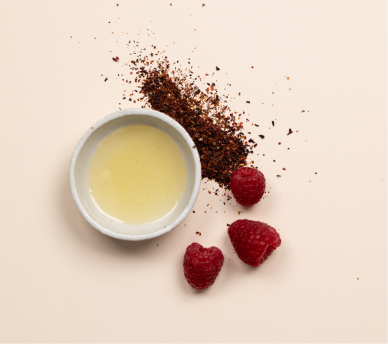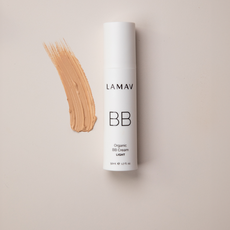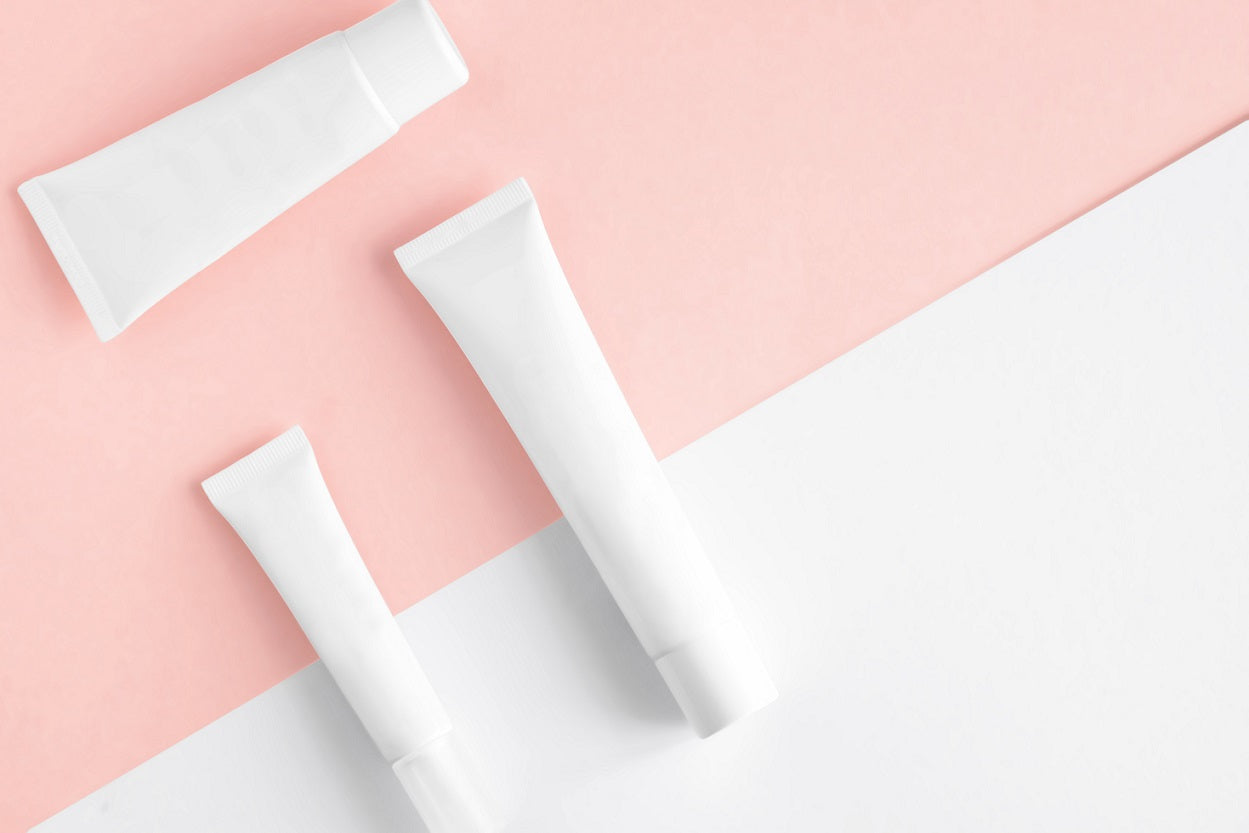How Do Peptides in Skin Care Products Work?
Our skin is a very complex organ. To remain wrinkle-free, it requires a care and attenton + a cocktail of high-quality anti-aging ingredients.There is one particular group of ingredient that has proven to be especially beneficial for aging skin. Today, we’d like to tell you more about it.
We assume you’ve heard of peptides, but do you know how they work?
What Are Peptides?
Collagen fibres are what supports our skin and makes it plump and firm (actually, collagen makes up 75% of our skin). Sadly, as we age, collagen begins to break down more rapidly. As a result, we get thinner skin, we notice sagging, wrinkles start to appear… This is when peptides come to save the day.
Peptides are chains of amino acids i.e. the building blocks of the proteins in our skin. Since they are biologically active, these amino acids interact with collagen in a number of ways and can help you prevent and reverse (to a certain extent) the visible signs of aging. Peptides’ ability to control the biochemical aspects of aging, is what makes them an incredibly effective ingredient in skin care formulas.

Image source: Pinterest
Types of Peptides and Their Effect on The Skin
The peptides that are currently used in skin cosmetics can be classified into three groups: signal peptides, carrier peptides, and neurotransmitter peptides.
1. Signal peptides
The excitement about peptides began several years ago when research showed that palmitoyl pentapeptide-3 (also called Matrixyl) had the ability to stimulate collagen production when applied topically. Since then, several different peptides have been proven to have the same effect. So, how do they work?
Collagen is made up of long chains of amino acids. When collagen breaks down, specific short chains of amino acids are formed. These are peptides and, no, they are not simply collagen residue. The presence of these specific forms of peptides tells the skin that certain collagen fibres have been damaged, hence your skin has to produce more, in order to repair the damage. In the same way, when applied topically onto the skin, in the form of an anti-aging cream, peptides penetrate into the dermis and trick the skin into thinking that it has just lost collagen and should replace it as soon as possible.
2. Carrier peptides
Copper might be a trace element in our bodies, but its role in preventing aging must not be undermined. In the 1970s, it was discovered that copper promotes the regeneration of scar tissue. The scars from burns or acne are characterized by extra-large clumps of collagen. Copper breaks down these clumps and replaces them with the regular-size collagen.
When attached to a peptide, copper is delivered to the deeper layers of the skin, where it can work its magic. In addition to enhancing the healing process, copper peptides also stimulate the production of a powerful enzyme with antioxidant activity, called superoxide dismutase, or SOD. SOD combats free radicals, which are known to be the primary cause of premature aging.
3. Neurotransmitter peptides
Neurotransmitter peptides, or neuropeptides, have been shown to hinder the transmission of signals from your nerves to your facial muscles, causing the muscles to relax. The overall effect is fewer wrinkles and smoother skin.
No matter how great this may sound, bear in mind that neuropeptides are in no way a needleless alternative to injectable face uplift. While peptides such as acetyl hexapeptide can produce a mild injectable face uplift-like effect, they are not as effective. On the other hand, they also do not have as many side effects as injectable face uplift does.
How to use peptide-based products
With the exception of some neuropeptides that produce an immediate effect, peptides usually take time to work, so - be realistic about your expectations. You should see the first results in 10 to 12 weeks of persistent use. Seems like a lot of time? Trust us, the positive changes you are going to see are worth the wait.











